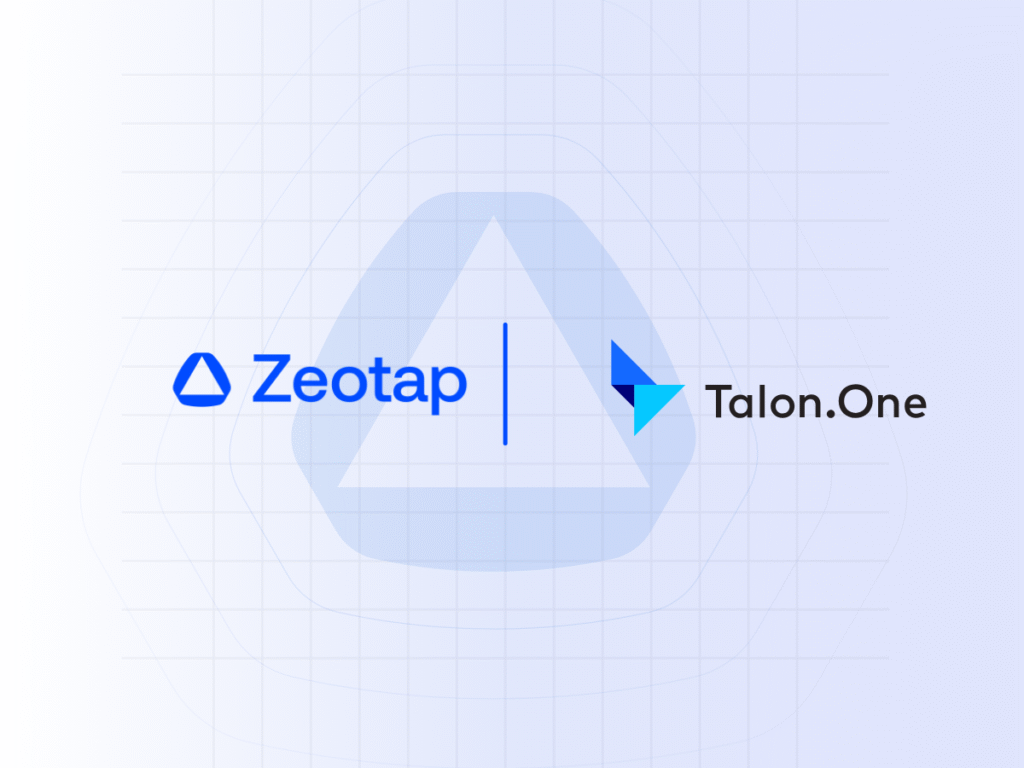
One of the most important things to know as a marketer or salesperson is your customer’s perspective. Whether you are trying to understand what they do, how they feel about certain products and services, or why they act the way that they do – it all comes down to understanding their needs and motivations.
But how can you find out exactly what your customers want? The answer: with a 360 degree customer view.
We often think that we know our customers’ needs, wants, and desires because we talk to them every day – but sometimes that’s not enough. That’s why it’s important to get as many perspectives on what they need and take a look at all the data available before making decisions about where you should focus your efforts.
In this post, we’ll dive into what it is, why you need it, and how you can build your own.
What is a 360 degree customer view?
A 360 degree customer view is a singular comprehensive view of a customer’s data. The data could include a customer’s basic contact information, their past and present purchasing history, as well as information on the interactions they had with business touchpoints that they met on their customer journey.
Because of the wealth of data they contain, 360 degree customer views are strategic approaches that enable businesses to offer the best possible customer experience across unified channels and touchpoints by integrating personalisation.
Why do I need a 360 customer view? 4 benefits
360 degree customer views provide an array of benefits for businesses, including adding value to an organisation by improving its efficiency through tailored marketing, which lowers costs and strengthens profitable customer relationships through personalisation. Four important benefits include:
1. Predictive analytics
360 degree customer views use data on what your customers have done previously in order to predict what they are likely to do next.
By creating a complete picture of the customer, businesses are able to gain insight into what a customer may need in the future.
This superior predictive analysis & data allows companies to be better positioned to act on cross-sell, churn, or up-sell opportunities. Machine learning plays a big part in how well these predictive audiences work. It also allows these audiences to be as scalable, fast and as accurate as possible.
Further, it offers companies insight into their own futures by identifying where or how they may need to adapt service offerings whilst mitigating the impact of future changes by predicting how customers are likely to react.
2. Enhanced personalisation
Businesses can gain significant advantages in providing personalised experiences by using 360 degree customer views.
Using a holistic view of a customer provides complete access to their purchase history and browsing habits, resulting in being able to provide better personalised and suitable product recommendations.
Possessing such an advantage then makes it easier for businesses to meaningfully engage with customers, cultivating trust and building strong customer relationships.
Strong relationships then positively impact customer loyalty, reducing customer churn and boosting LTVs (lifetime order values).
3. Improved customer experiences
Ultimately one of the most important benefits of 360 degree customer views is their ability to help nurture better customer experiences.
Many businesses fall into the trap of only using information taken from their most recent customer interaction, and then use that information to direct how to build the customer’s experience going forward. But this does not provide a complete picture of their relationship as it does not take into account previous interactions or relevant transactions. Thus, it delivers a fragmented and ineffective experience.
Siloed customer information contributes to fragmented experiences, and just under half (42%) of service agents regularly claim that difficult to access and incomplete customer information is the main reason they fail to solve customer issues efficiently.
360 degree customer views prevent both these situations from happening because a comprehensive collection of the customer’s data is stored in a singular, easily accessible location that is available to all tools and departments. This leads to improved customer satisfaction due to a more personalized customer experience.
4. Complete cross-department customer alignment
Finally, another benefit of using a 360 degree customer view is its ability to provide better cross-department customer alignment by unifying sales, marketing and service departments.
By sharing a holistic view of the customer, it means that departments are easily able to access and pass along important information to one another so that the customer’s journey through the departments is made to feel seamless.
This then frees up sales and marketing teams to build strategic, data-driven campaigns using the data taken from the 360 degree customer view to underline and influence their campaign decisions.
Research even shows that just aligning marketing and sales departments generates around 32% higher revenue, and retains on average 36% more customers.
How to Build a 360 Customer View
Data audit
With high-quality data, insights will be both accurate and relevant. To make this a reality, it is important to keep the data organised and clean so that these goals can be achieved: this is made possible through a data audit.
The first step in an audit is implementing a process by which all departments enter their information into an easily understandable format with consistency from one entry to another. The consistency should continue across all the different systems being used currently, as well as historically when possible, for increased efficiency going forward.
Though time consuming, this activity of entering each piece of information consistently not only ensures accuracy but also relevance since there are correlations between pieces of seemingly disconnected or unrelated bits (ie: two unconnected people could have had overlapping interests).
Use a Customer Data Platform (CDP)
CDPs both aggregate and organise customer data collected from a variety of touchpoints, structure it into individualised and central customer profiles, and then allow that data to be accessed by other pieces of software, systems and MarTech stacks. A CDP therefore essentially eliminates the need for the manual data audit mentioned in the previous step.
CDPs build comprehensive customer profiles by combining data from a variety of different data types, including first, second and third party sources. That means that they can collect and organise data from your CRM, DMP, emails, social media activities, transactional systems and website, including forms, cookies, and eCommerce behavioural activities to provide a full, holistic view of your customers.
Social listening tools
Social media is one of the best ways to study customer behavior. Unlike traditional marketing data, social data offers unfiltered insights into your customers’ sociological attributes and actions within society’s ever-changing trends. This means that companies can better understand how their consumers feel about certain changes in both attitudes and behaviors as a result of what’s going on around them.
Further, analysing consumer traits like browsing and shopping patterns in tandem with social media activity can be a powerful tool for company growth. For example, when data reveals trends among consumers changing their views on the product or service they’re consuming, it helps support your business to make changes before your target audience becomes disengaged from what you offer them.
Examples of a 360 Customer View
An example of a 360 customer view in action could be unifying purchase data with marketing interactions.
A visitor would land on a website and then begin to become known through their interactions with customer touchpoints such as social media engagements, form fills or product page click throughs. If you are using Zeotap’s Customer Data Platform, you will be able to take this one step further: unknown visitors on a website are coupled with additional data to reveal who this unknown prospect is, before they interact with your touchpoints. This allows businesses to act quickly and turn prospects into customers, ultimately driving revenue.
Afterwards a process of data enrichment would help layer the initial data collected from the customer with either demographic or geographic enrichment, making the initial raw data more useful. Added data provides a greater insight into the life of the customer, making it richer and more detailed and therefore easier to personalise.
Together, the enriched third party data and the initial data collected from the customer through their interactions creates a holistic, 360 degree customer view. This collated data is then able to be accessed, modified and shared by multiple departments to provide an aligned and unified customer experience where personalised messaging can be directed to the customer in order to maximise potential conversions.
Closing Thoughts
Businesses need to be able to keep up with the changing face of customer expectations. Customers are demanding a more personalised experience and brands that don’t create an authentic, human connection will lose out in the marketplace.
A 360 degree customer view can help businesses identify what they did well as well as where there is room for improvement so that they can deliver better customer journeys and experiences which increases their chances of retaining customers long term.
In short, a 360 degree view can help improve customer knowledge, customer retention, and drive customer intelligence by leveraging data. This can then be used across all digital channels and marketing campaigns, driving operational efficiency with predictive analytics and enhanced customer intelligence.
CDPs allows for a 360 degree view that let companies ensure all aspects of the customer journey are considered. All customer interactions, no matter how small are tracked, providing an inclusive experience that creates loyal customers who are more likely to evangelise your brand as well as buy again from you.
If you would like to expand your 360 degree customer view strategy, reach out to us today.





